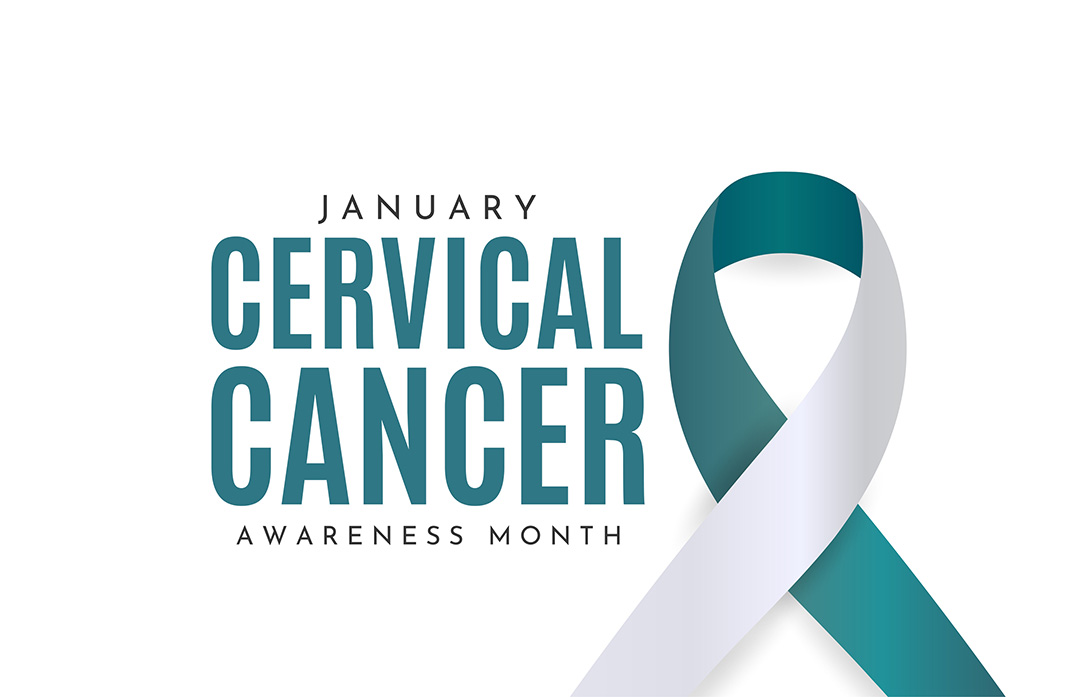This past January, we commemorated Cervical Cancer Awareness Month. Cervical cancer is the second most common cancer in women, following breast cancer. The National Institute of Health says that Cervical Cancer Awareness Month is very important because in 2020, about 600,000 women were diagnosed with cervical cancer and about 300,000 women died due to cervical cancer. Most of the deaths due to cervical cancer occurred in low to middle income countries. Because of these statistics, it is important to be aware of the risks of cervical cancer.
Cervical cancer is a type of cancer that begins in the cells of the cervix, the lower part of the uterus. The main cause of cervical cancer is human papillomavirus (HPV), a common virus that could be passed from person to person. Cervical cancer usually develops very slowly over time because the cells in the cervix undergo a change known as dysplasia, where abnormal cells begin to show up in the cervical tissue. If the cancer is not checked out or removed, the cells may progress to cancerous cells and begin to spread and grow in a woman’s cervix.
There are two main types of cervical cancer: squamous cell carcinoma and adenocarcinoma. Squamous cell carcinoma is a type of cancer where the cancer develops from cells in the ectocervix. The National Cancer Institute adds that “Squamous cell carcinoma is the most common cervical cancer (90%), and cervical adenocarcinomas develop in the glandular cells of the endocervix (10-20%).”
George Papanicalaou was a microscopist who was a pioneer in early cancer detection. He is the one who created the pap smear, a test to detect cervical cancer in women. Testing is important because early detection prevents cervical cancer cells from developing further. The American Cancer Society states that, “Women should start to get tested at the age of 25 and should get tested every 3-5 years.” In addition to the pap smear, scientists have continued to find new ways to detect early cancer cells in women.
According to the American Cancer Society, “It is normal to feel depressed, anxious, or worried when cervical cancer is a part of your life. Some people are affected more than others. But everyone can benefit from help and support from other people, whether friends and family, religious groups, support groups, professional counselors, or others. ”
It is important for you and your loved ones to be aware of the dangers of Cervical cancer in order to be proactive in protection and prevention. Early detection is the best weapon in the fight against Cervical cancer.









